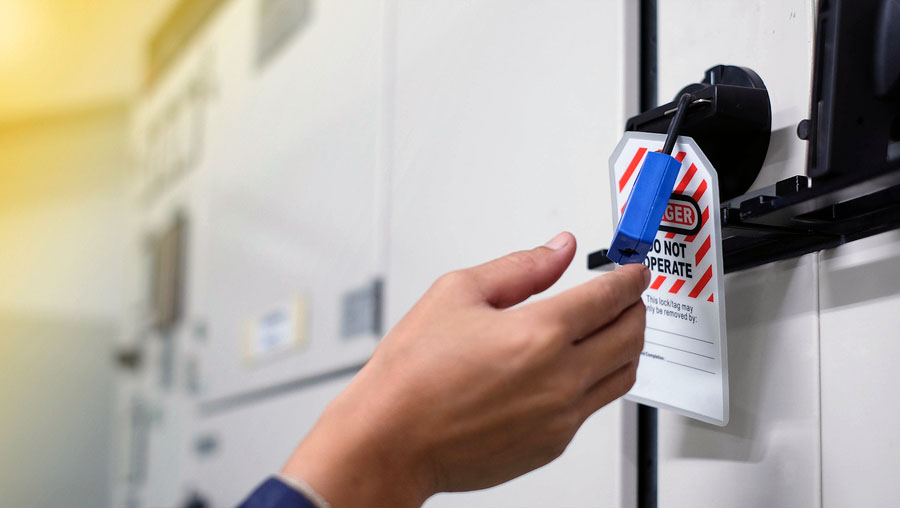Energy sources, including electrical, mechanical, hydraulic, pneumatic, chemical, thermal or other sources in machines and equipment can be extremely hazardous to workers. During the servicing and maintenance of machines and equipment, the unexpected startup or release of stored energy can cause serious and even fatal injury to employees. According to OSHA failure to control hazardous energy accounts for nearly 10% of serious accidents in many industries.
An essential component of energy safety is the lockout/tagout (LOTO) process. Proper lockout/tagout practices and procedures help safeguard workers from the release of hazardous energy, but unfortunately many companies overlook the importance of LOTO. Lockout/tagout violations have consistently appeared on OSHA’s annual Top Ten Citations for many years.
OSHA’s Standard on the Control of Hazardous Energy (Lockout/Tagout) details the steps employers must take to prevent accidents associated with hazardous energy, including:
- Develop, document, implement and enforce an energy control program and procedures
- Use lockout devices for equipment that can be locked out and tagout devices only if they provide employee protection equivalent to lockout devices
- Ensure that new or overhauled equipment is capable of being locked out
- Inspect energy control procedures at least annually
- Provide effective training as mandated for all employees covered by the standard
The OSHA Training Institute Education Center is offering OSHA 7115 – Lockout/Tagout, which focuses on employer roles and responsibilities in the development and implementation of an energy control program, in multiple locations, including:
July 19 | Reno, NV July 22 | Honolulu, HI August 30 | Las Vegas, NV
Sept 20 | Santa Rosa, CA October 12 | Dublin, CA December 17 | Sacramento, CA

